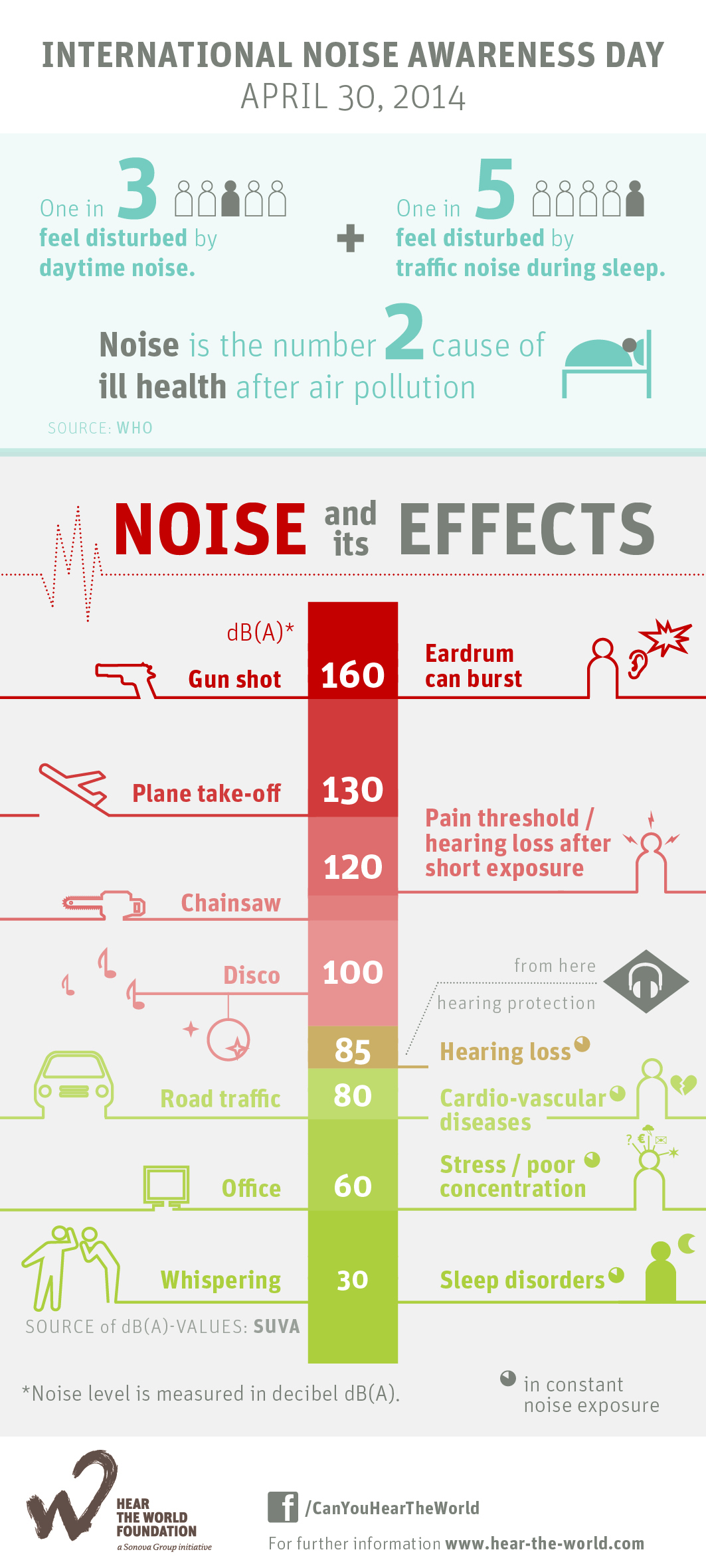Enhancing Knowing: Addressing Auditory Processing Issues In Dyslexia
Enhancing Knowing: Addressing Auditory Processing Issues In Dyslexia
Blog Article
Article Composed By-Bank Mccray
When you consider the difficulties that dyslexic students deal with, it's clear that auditory processing problems typically play a considerable function. You may wonder exactly how customized methods can bridge the gap in between auditory directions and comprehension. By integrating aesthetic help and breaking jobs right into convenient actions, you could enhance emphasis and understanding. Nonetheless, the solutions do not quit there. What various other techniques can develop an absolutely helpful knowing environment that promotes success and confidence?
Recognizing Dyslexia and Auditory Handling
Dyslexia affects roughly 1 in 5 individuals, making it among the most typical learning disabilities. If you're navigating dyslexia, you may find that it doesn't simply effect reading and writing; it can also impact just how you process auditory details.
Acoustic handling describes just how your brain translates noises, including language. When poor memory learning disability struggle with this, it can lead to obstacles in recognizing spoken instructions and adhering to conversations.
You could observe that you frequently misinterpret what you hear or that it takes longer for you to react in conversations. This isn't a representation of your intelligence; it's a details trouble related to refining auditory signals.
Recognizing this link is crucial because it assists clarify why you may master aesthetic jobs while encountering difficulties in jobs that rely on acoustic comprehension.
Identifying these difficulties can empower you. By understanding the ins and outs of dyslexia and auditory handling, you can much better promote for your demands, whether in educational settings or social situations.
It's necessary to acknowledge these issues so you can seek the right assistance and strategies in the future.
Reliable Methods for Support
Navigating the obstacles of auditory handling can really feel overwhelming, yet there work strategies that can aid you prosper.
By carrying out these techniques, you can enhance your discovering experience and improve your ability to procedure auditory information.
- ** Use aesthetic help **: Pairing auditory guidelines with visual assistances, like graphes or representations, can substantially improve understanding.
- ** Damage jobs into smaller actions **: Streamlining instructions into manageable pieces permits you to concentrate and refine information more effectively.
- ** Practice energetic listening **: Engage in workouts that urge you to pay attention diligently, such as summarizing what you've heard or asking inquiries for explanation.
- ** Include technology **: Make use of apps or software application made to aid with auditory processing, such as speech-to-text devices or audiobooks, to strengthen understanding.
Creating Supportive Knowing Environments
Creating an encouraging learning atmosphere is crucial for helping individuals with auditory handling obstacles are successful. Begin by lessening diversions in your class or discovering area. Use look here or soft furnishings to take in audio, which can help pupils concentrate better. Make sure seating arrangements enable clear sightlines to the instructor and any type of visual aids.
Next, incorporate clear and concise communication. Talk gradually and utilize simple language, looking for recognizing frequently. Urge pupils to ask concerns if they're unclear. Aesthetic help like graphes, representations, and composed guidelines can boost comprehension and retention.
In addition, cultivate a culture of persistence and understanding amongst peers. Show trainees regarding auditory handling issues, advertising compassion and assistance. Group tasks can be helpful; simply guarantee that duties are clear and that students work together to sustain each other.
Finally, give normal comments. Commemorate progression and achievements, no matter just how tiny. This motivation develops self-confidence and enhances the idea that learning is a journey.
Conclusion
In your journey to improve finding out for individuals with dyslexia, think about each technique as a stepping stone across a river. By weaving together auditory and visual help, damaging tasks into bite-sized pieces, and supporting an encouraging atmosphere, you help produce a bridge to understanding. Keep in mind, fostering empathy among peers and engaging families can light the course to success. With patience and dedication, you'll encourage learners to soar above difficulties, transforming their struggles into toughness.
